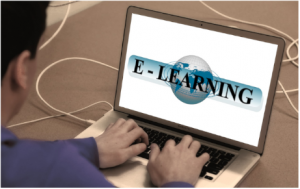 The recent CONVID-19 pandemic caused the closure of the schools of all levels in almost all the countries of the world. From kindergartens to Universities, they had to postpone their face-to-face activities and start thinking about providing distance learning. Higher education organizations were prepared for this, since most of them provide their services partly on-line. But primary and secondary education schools were not, since face-to-face teaching in real classrooms is the way education is provided.
The recent CONVID-19 pandemic caused the closure of the schools of all levels in almost all the countries of the world. From kindergartens to Universities, they had to postpone their face-to-face activities and start thinking about providing distance learning. Higher education organizations were prepared for this, since most of them provide their services partly on-line. But primary and secondary education schools were not, since face-to-face teaching in real classrooms is the way education is provided.
After that, education platforms were activated and teachers were trained, in order to provide, at least partly, some distance training to their students, the time schools are closed.
UNESCO intervened and provided some instructions about the available distance learning tools and their use. On the UNESCO web-site, a list of educational applications, platforms and resources was upload, aiming to help parents, teachers, schools and school administrators facilitate student learning and provide social care and interaction during periods of school closure. Most of the solutions curated are free and many cater to multiple languages. While these solutions do not carry UNESCO’s explicit endorsement, they tend to have a wide reach, a strong user-base and evidence of impact. They are categorized based on distance learning needs, but most of them offer functionalities across multiple categories. The categories listed are the following:
- Resources to provide psychosocial support
- Digital learning management systems
- Systems built for use on basic mobile phones
- Systems with strong offline functionality
- Massive Open Online Course (MOOC) Platforms
- Self-directed learning content
- Mobile reading applications
- Collaboration platforms that support live-video communication
- Tools for teachers to create digital learning content
- External repositories of distance learning solutions
You can find the detailed uploading in the following link:
